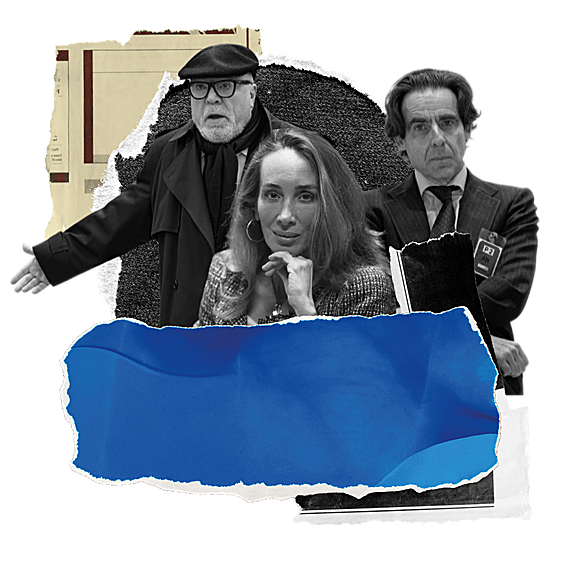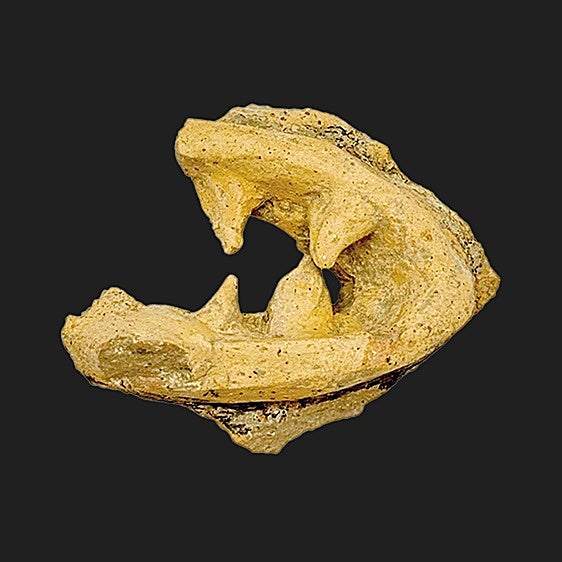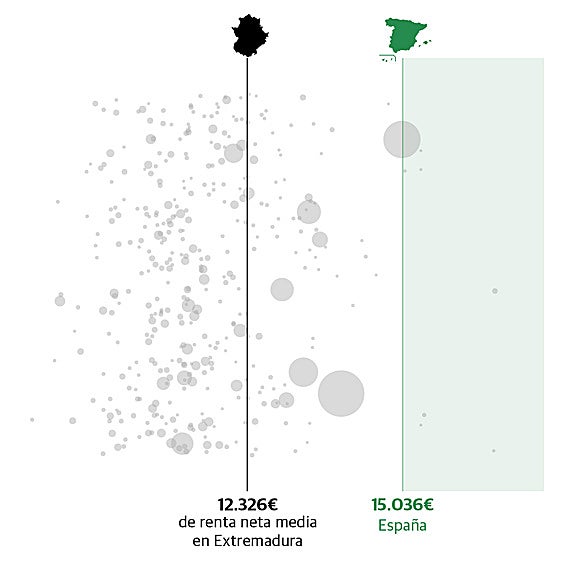Mijas unearths its Phoenician ancestors
The research project still ongoing at the Cortijo de Acebedo site is yielding interesting data, especially from 19 Phoenician graves
Lorena Cádiz
Mijas
Friday, 8 September 2023, 17:33
It is not known whether this happened by chance or simply because, in the end, human behaviour rarely changes no matter how many centuries pass. Still, the truth is that, we now know, burials in Mijas have been carried out on the same piece of land for more than 2,700 years.
This information has only recently come to light and few locals would be aware that their most distant ancestors practised rituals for the dead next to what is now San Cayetano cemetery. Remains of a Roman necropolis and remains of another necropolis, this time Phoenician, have been found there. The latter is the one that is currently being excavated at the site known as Cortijo de Acebedo.
The first remains appeared in the 90s, during the building of San Cayetano cemetery. However, it was not until 2017, when talks started on the building project for the Gran Parque de la Costa del Sol, (one of the most ambitious projects undertaken by Mijas town), that the importance of these remains was properly analysed.
As explained by Desirée Piñero (in charge of Historical Heritage for Mijas council), back in 2017 everything suggested that a Roman site was located in that area, a fact that ended up being confirmed by the excavations. To date, the digs have documented the presence of a necropolis and a series of kilns, in which construction materials, basic everyday pottery and amphorae were manufactured, the latter being used as containers to transport products such as oil, wine and salted fish or meat.
The first surprise came when, while excavating one of the kilns, "an artifact appeared that was very small, made of ivory, and decorated with a griffon," said Piñero. They did not understand what something like this was doing in the middle of a Roman area used for industrial purposes. So, when they consulted the history books, they saw that these types of items were typically found in burial sites linked to the Phoenicians.
Investigations went no further until, a few years later, the dig restarted and they found a second surprising item in the shape of an urn, and attached to it "dark-coloured earth, bones and a knife with a curved blade". Then it became clear that they were looking at a tomb and its corresponding grave goods, probably dating between the 7th and 6th centuries BCE.
Burial rituals
Little by little, the hypothesis of a Phoenician necropolis gained strength, and today it is fully documented with the discovery of 19 burials, of which 18 have been excavated. As explained by Piñero, what has been discovered so far points to funeral rituals that have little in common with the necropolises of that era found in the province of Malaga. This differentiation is what both Desirée Piñero and her team, consisting of Alicia Benítez and Lucía Cabello, are working on, supported by anthropologist Victoria Peña and a team of other professionals. They have an approved research project that will span six years, with the third annual installment now under way. This project is supported by the University of Malaga and fully financed by Mijas council.
Each of the burials reveals a story, both individual, about the person buried there, and collective, about the beliefs and customs of those who lived in this area at that time. For now, and pending further research, it is known that in one of them there is a woman accompanied by a five-year-old child, who could be her son.
So far, all the burials exhibit similarities, but also differences, making the research even more intriguing because it raises numerous questions. In general terms, rectangular or oval-shaped pits were excavated and the individual was placed in the bottom, lying on a wooden bed, along with their belongings. The body was then cremated in the pit or it was cremated elsewhere and some of the bones placed in an urn in the grave.
During the excavations, some of these urns have been found, and in one of them a silver ring or pendant was discovered. It is engraved with a scarab beetle on one side and, on the other side, an inscription bearing the name of the pharaoh Thutmose III.
Another interesting find unearthed in one of the graves were two plates alongside the deceased. One has the remains of an animal, believed to have been a sheep or a goat, and the other has fish bones which, after analysis at the University, are found to match the vertebrae of a sea bream, perfectly preserved.
There are still over three years of research to come which will cast even more light on the history of the Phoenician people who settled in Mijas. Once completed, "the future must include enhancing the importance of this site," said Piñero, referring to the possibility of creating an archaeological park adjacent to the Gran Parque de la Costa del Sol, to provide a unique cultural, leisure and tourist attraction.



